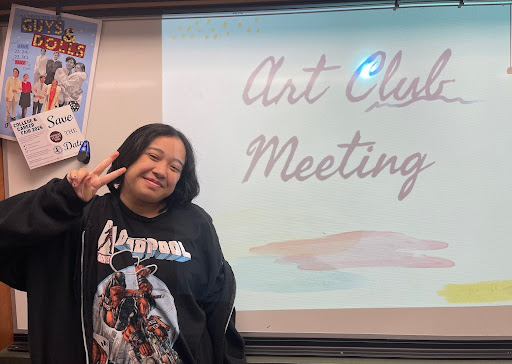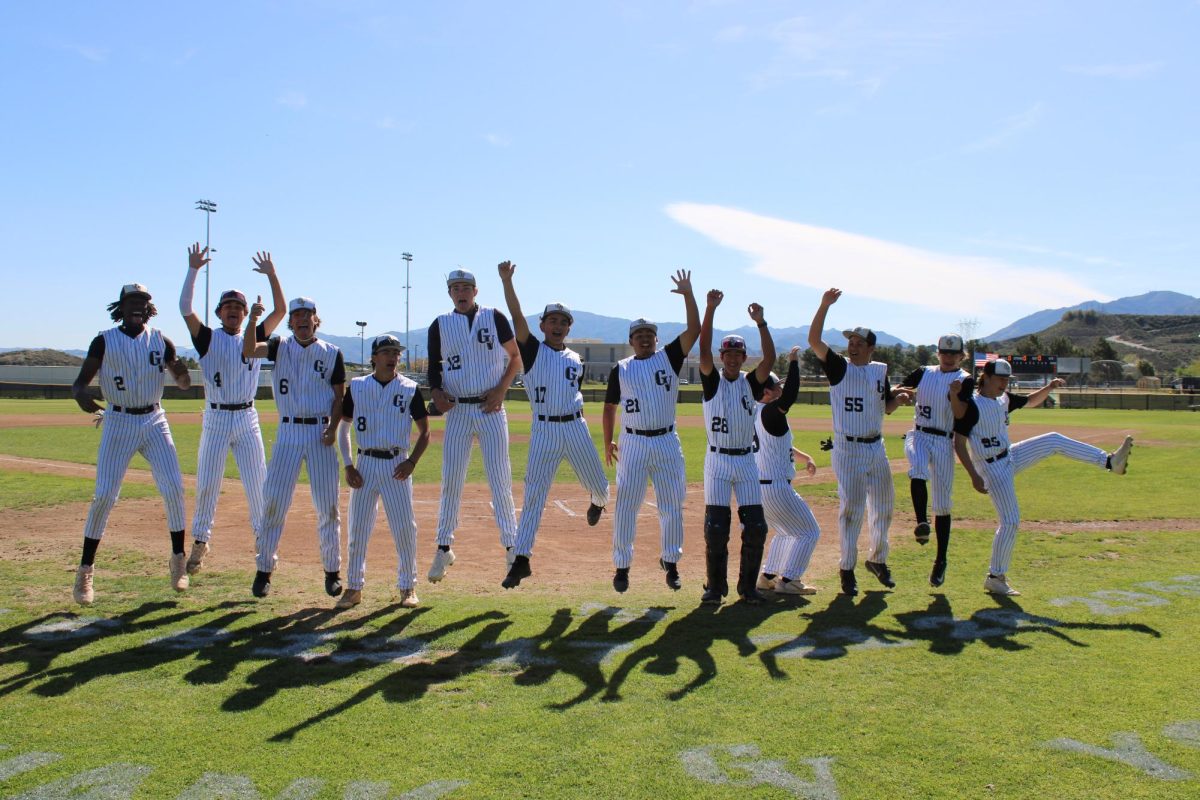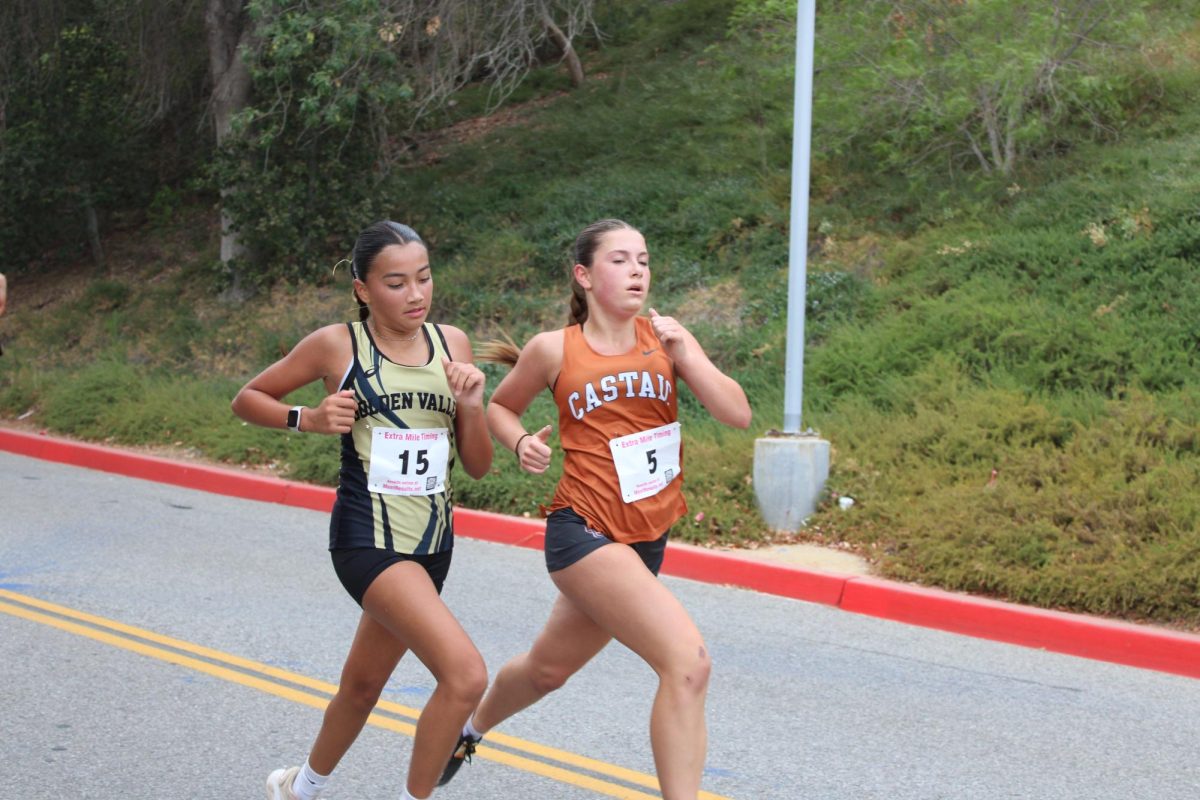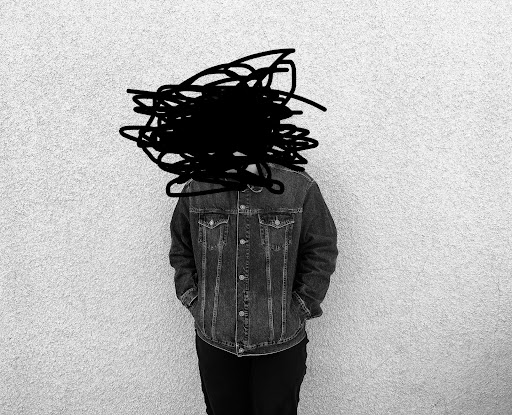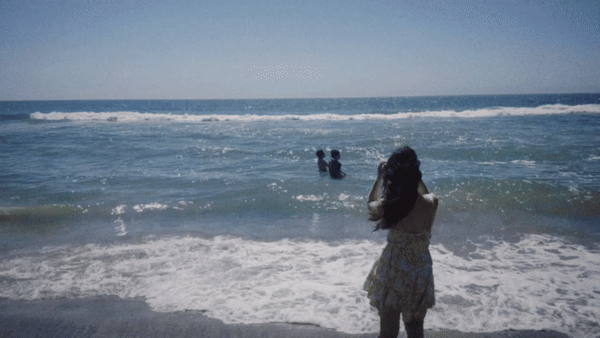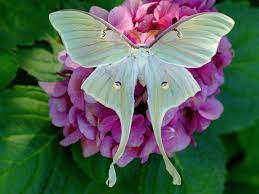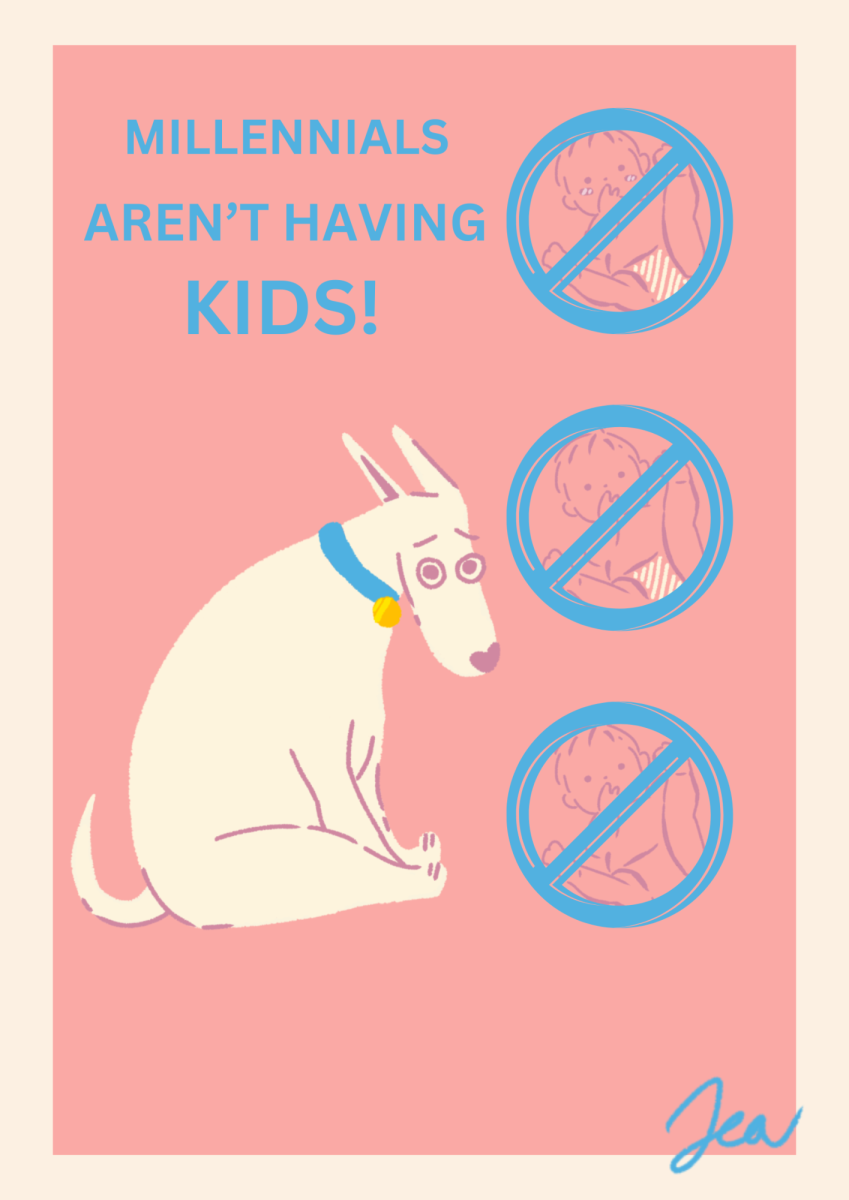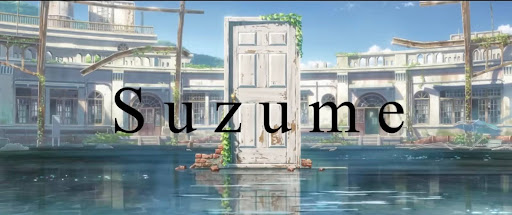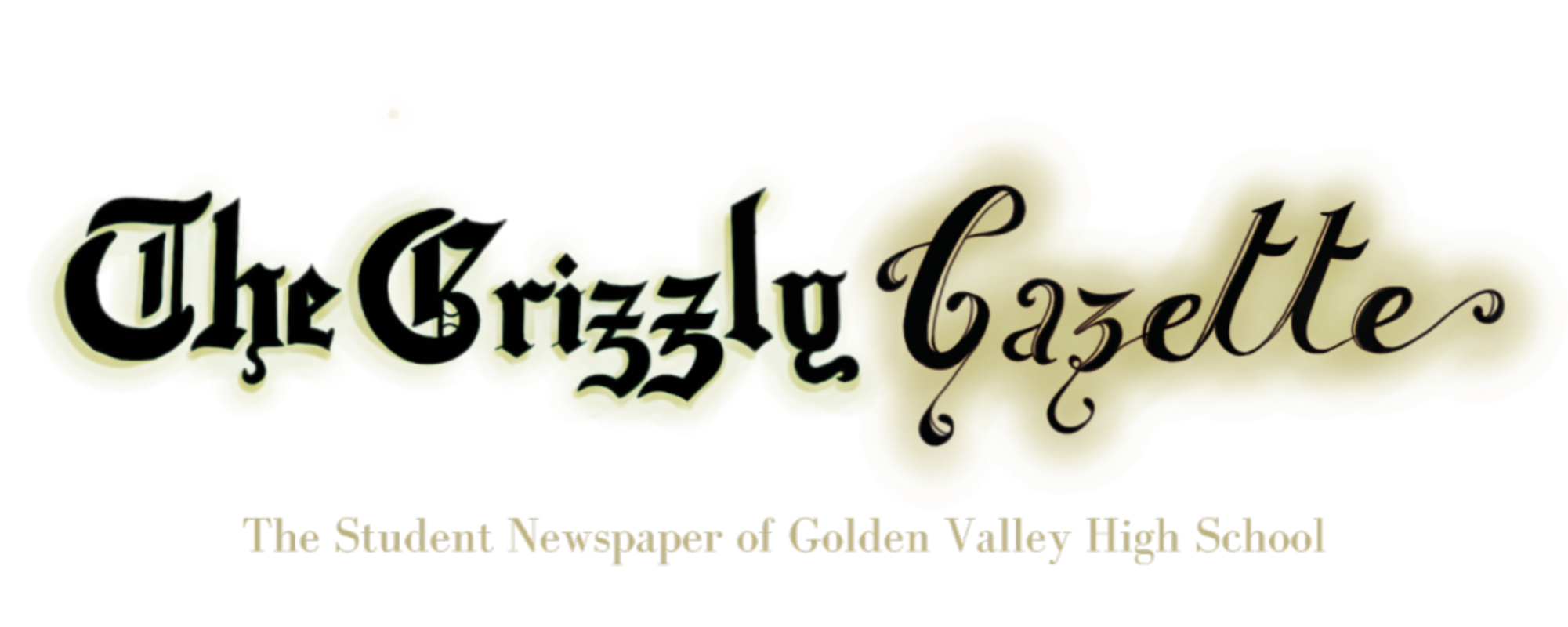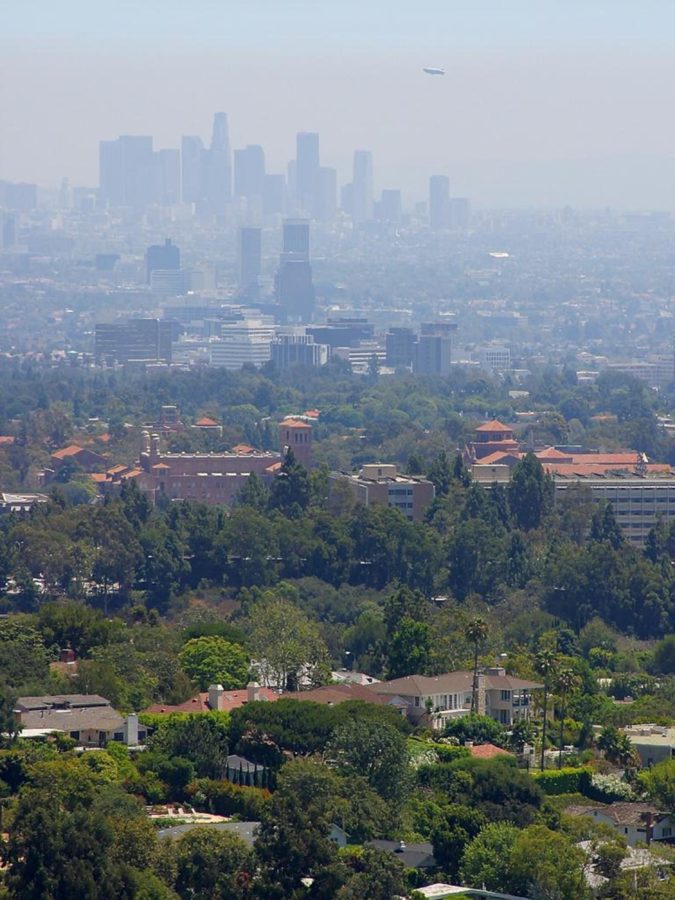The Coolest New Paint: Purdue University’s ‘whitest white’ makes positive environmental impact
Free photo 91781611 © 91781611 © publicdomainpictures | Dreamstime.com
For over thirty thousand years, paints have been used for artistic reasons. In the middle ages buildings were painted to display the purpose of the structure. Now, researchers have found that paint can have environment-friendly uses in order to help combat climate change.
Over time, improved paints were developed, some reflecting as much as 90 percent of the sun’s light. Now, scientists have developed an even more effective paint.
Developed by Purdue University, this ‘whitest white’ paint reflects up to 98.1% of all sunlight that hits it. This significantly lowers the temperature of the surface compared to asphalt, and colored paint each reflecting 5% and 10%-30% of sunlight respectively.
While this miracle paint is more expensive than its predecessors, its dramatic cooling effect quickly makes it worth the price by reducing the need for AC. In the San Fernando Valley, hundreds of buildings have already been repainted. In places such as Phoenix, Arizona, streets are being covered with similar materials in an attempt to combat the urban heat island effect.
One such street in Winnetka, California has had a couple of roads through the neighborhood painted with this reflective paint. The painting of the roads is part of the Cooling Street LA project, in conjunction with adding more tree coverage over streets, dramatically helps to reduce the temperature.
In the long run and on a very large scale, this paint has the potential to drastically reduce energy usage and CO2 emissions, saving money and most importantly the environment.
40% of humanity’s carbon footprint comes from buildings, much of which is simply used for thermoregulation; much of this may soon be rendered null with a simple coat of paint.
Though a large issue that can come with some of the paint taking rare minerals or taking more carbon emissions than it could potentially reduce.
A student from Golden Valley, Gabriel Ejinduaka, expressed that “The importance of saving the environment is not right now but how it’s going to affect future children.”
Darren La Rue is a teacher of Golden Valleys Graphics Arts and Introduction to Programming, who helps the environment by diving and cleaning up the sea around the coasts with the Dive for Debris. Darren explains that ”It is a human responsibility to keep the environment clean, as it is not just for us but for our children’s children- so it is our duty and responsibility.”
As well as the paint has problems contrasting with road features and standardization used on American roads. As it has problems with making lane dividers and other road features visible on a white background.
If this were to change by making the material more environmentally friendly, and cheaper or changing the rules of the road then it would be more useful across the US.
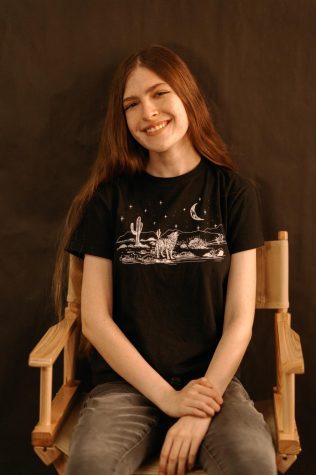
Claire Brounsten has been a devoted writer since childhood, and with no intentions of stopping anytime soon. Now in 12th grade, and a writer and editor for the Grizzly Gazette’s Community News Team, she’s taking her passions a step forward in the hopes of helping those around her. Currently, she aims to cover topics regarding science, history, politics, and sociology- all of which have captivated her for years- and share that intrigue and information with others. Understanding how the world works, and how the systems in place impact our everyday lives, are the first steps towards navigating it.
So, for Claire, being a journalist means having the opportunity to provide people with the tools needed to make a tangible change within their own lives. She aspires to not only explore how and why the world works the way it does, but enable and empower as many people as she can to change it.
Patrick M. Pixley is an editor for the Community News Team and senior at Golden Valley. The research of state, national and international news is fascinating and how it affects local and life for those around the world that he finds interests in. As a lot of the time people do not realize that news that doesn’t directly affect them even though it may indirectly affect them largely ways that are not immediately visible which he finds the most important part of journalism.
He finds that student journalism is important, as historically student journalism gives voice to those who do not have the ability to vote or affect politics in such a way that adults do not. Student journalism has challenged established forcing them to more into consideration, refine or change so that they adapt to the criticism. Patrick is excited that taking part in something that is critical of information allows me to challenge my opinions and world views.
Patrick is a born and raised Santa Clarita resident...
